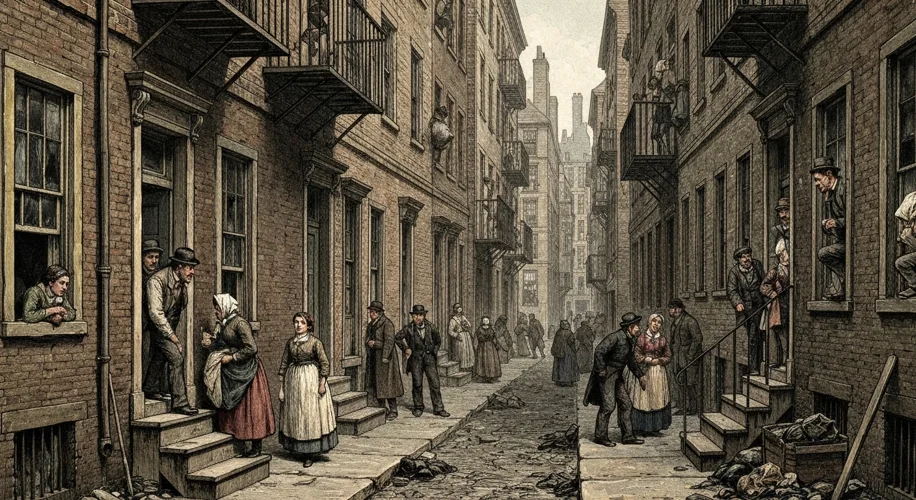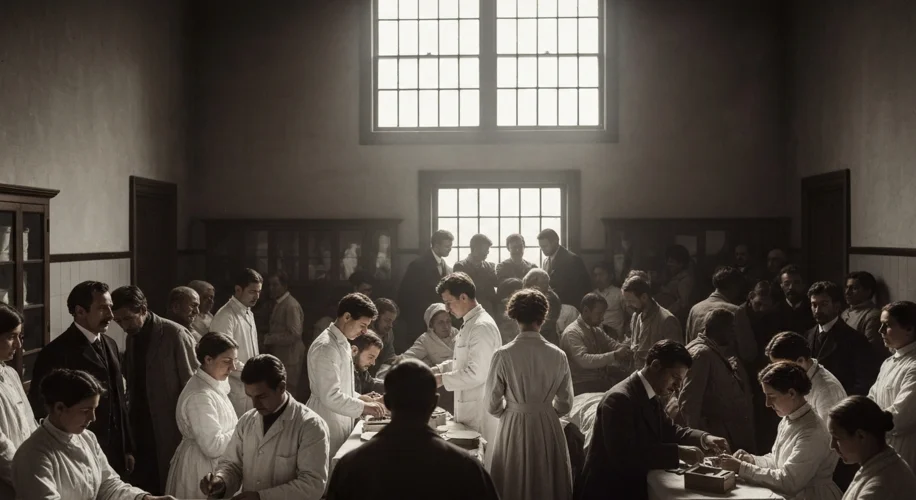The late 19th and early 20th centuries witnessed a seismic shift in American society, driven by unprecedented waves of immigration and the nascent development of public health infrastructure. For millions arriving on the shores of the United States, seeking refuge, opportunity, or simply a new beginning, the promise of America was often intertwined with the stark realities of poverty, disease, and exclusion. Government assistance programs, though often contentious and limited, played a crucial, albeit often overlooked, role in this unfolding narrative, impacting both the health of immigrant communities and the broader public health landscape.
As the nation grappled with rapid industrialization and urbanization, burgeoning cities became magnets for immigrants. These newcomers, often arriving with little more than the clothes on their backs, frequently settled in crowded, unsanitary conditions. Diseases like tuberculosis, cholera, and influenza, endemic in overcrowded tenements, posed significant threats not only to immigrant populations but to the wider community. This public health crisis spurred the creation of early forms of government intervention.

The establishment of public health services, however, was not always driven by purely humanitarian concerns. Immigration policies often became entangled with public health agendas. Fears of ‘diseased aliens’ arriving from abroad led to the implementation of stringent medical inspections at ports of entry, such as Ellis Island. While ostensibly aimed at protecting public health, these inspections could also be used as a tool for exclusion, reflecting nativist sentiments and anxieties about the ‘purity’ of the American populace.
Programs like the Charity Organization Societies and settlement houses, often supported by local governments and private philanthropy, attempted to address the dire conditions faced by immigrants. These organizations provided basic necessities, education, and rudimentary healthcare. For instance, the Henry Street Settlement in New York, founded by Lillian Wald, a nurse, became a vital hub for immigrant families, offering visiting nurse services that were crucial in combating infectious diseases in the tenements. Wald was a pioneering advocate for public health nursing and recognized the deep connection between social conditions and health outcomes.
However, access to these services was often fraught with difficulty and discrimination. Immigrants, particularly those from Southern and Eastern Europe who arrived in large numbers from the 1880s onwards, faced prejudice and were often viewed with suspicion. While some government-funded hospitals and clinics existed, many immigrants found themselves reliant on overburdened and underfunded charitable organizations. The very concept of ‘public’ assistance was often limited, with eligibility criteria and the extent of aid varying widely.
The intersection of immigration and public health continued to evolve. During periods of economic depression, such as the Great Depression, government relief efforts expanded, but often with stipulations that could impact immigrant access. Furthermore, the fear of immigrants becoming a ‘burden’ on public resources, including healthcare, became a recurring theme in political discourse. This fear contributed to policies that could lead to deportation or exclusion based on perceived reliance on public aid.
The legacy of this era is complex. It laid the groundwork for the modern public health system in the United States, emphasizing sanitation, disease prevention, and the importance of accessible healthcare. Yet, it also highlights the persistent tension between public welfare and immigration control. The debates surrounding immigrants’ access to healthcare and social services today echo the anxieties and policy decisions made over a century ago. The history of government assistance programs and immigration in the late 19th and early 20th centuries serves as a potent reminder that public health is inextricably linked to social equity and immigration policy, a lesson that remains profoundly relevant.

